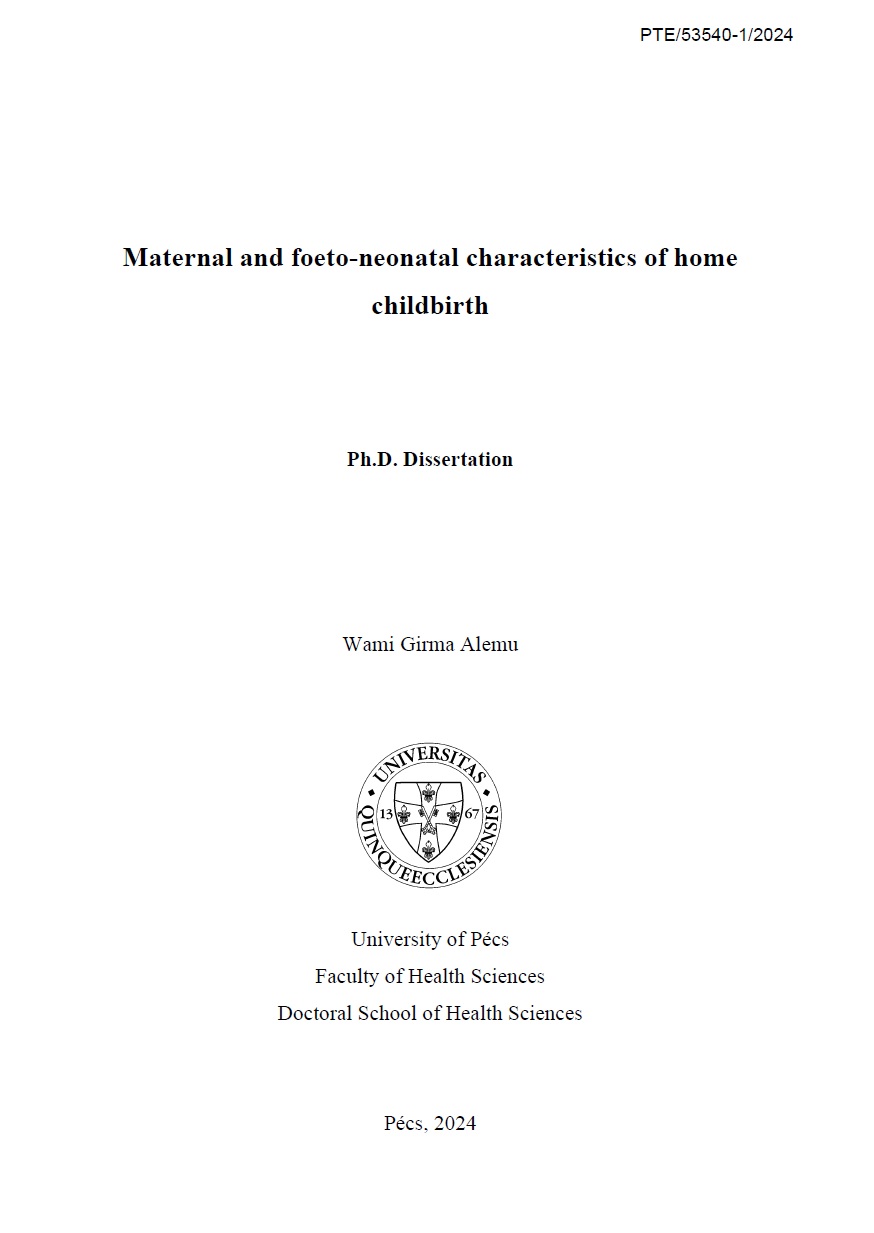Maternal and foeto-neonatal characteristics of home childbirth
Abstract
Home birth has emerged as a contemporary issue, one of the most controversial and hotly disputed topics in modern maternity care. The debate over home birth involves a wide range of concerns, including safety, accessibility, maternal autonomy, and healthcare system dynamics, revealing a complex interaction of medical, social, and cultural considerations.
The studies demonstrate that homebirth can indeed be a safe option for low-risk, healthy pregnant individuals when attended by qualified and licensed birth attendants. While homebirth poses fewer significant health risks for these individuals, it's crucial to acknowledge potential complications such as postpartum haemorrhage and neonatal asphyxia, which may necessitate immediate medical attention. Delayed access to emergency assistance and limited availability of medical procedures in homebirth settings underline the importance of strict risk assessment and preparedness for timely transfer to a medical facility, prioritizing the safety of both the mother and newborn.
Analysis of foetal-maternal outcomes suggests that planned home births exhibit consistent safety profiles across different levels of healthcare integration and parity in well developed countries. However, the lack of significant studies from “less-integrated” settings underscores the need for additional studies to draw definitive conclusions. It's imperative to recognize that deliveries with a higher likelihood of complications should still be managed at institutional levels. Achieving safety in homebirth necessitates collaboration among policymakers, healthcare providers, and expectant mothers, along with ongoing research, evaluation, and open dialogue to continually enhance practices and overall safety standards in homebirth settings.

